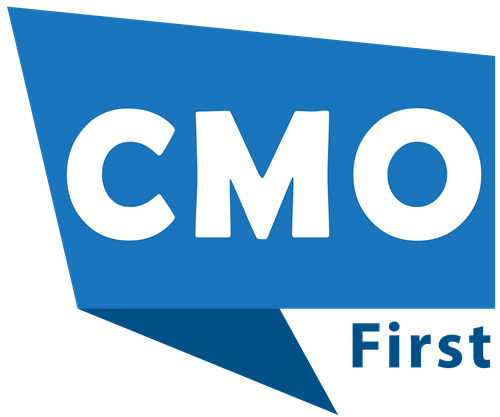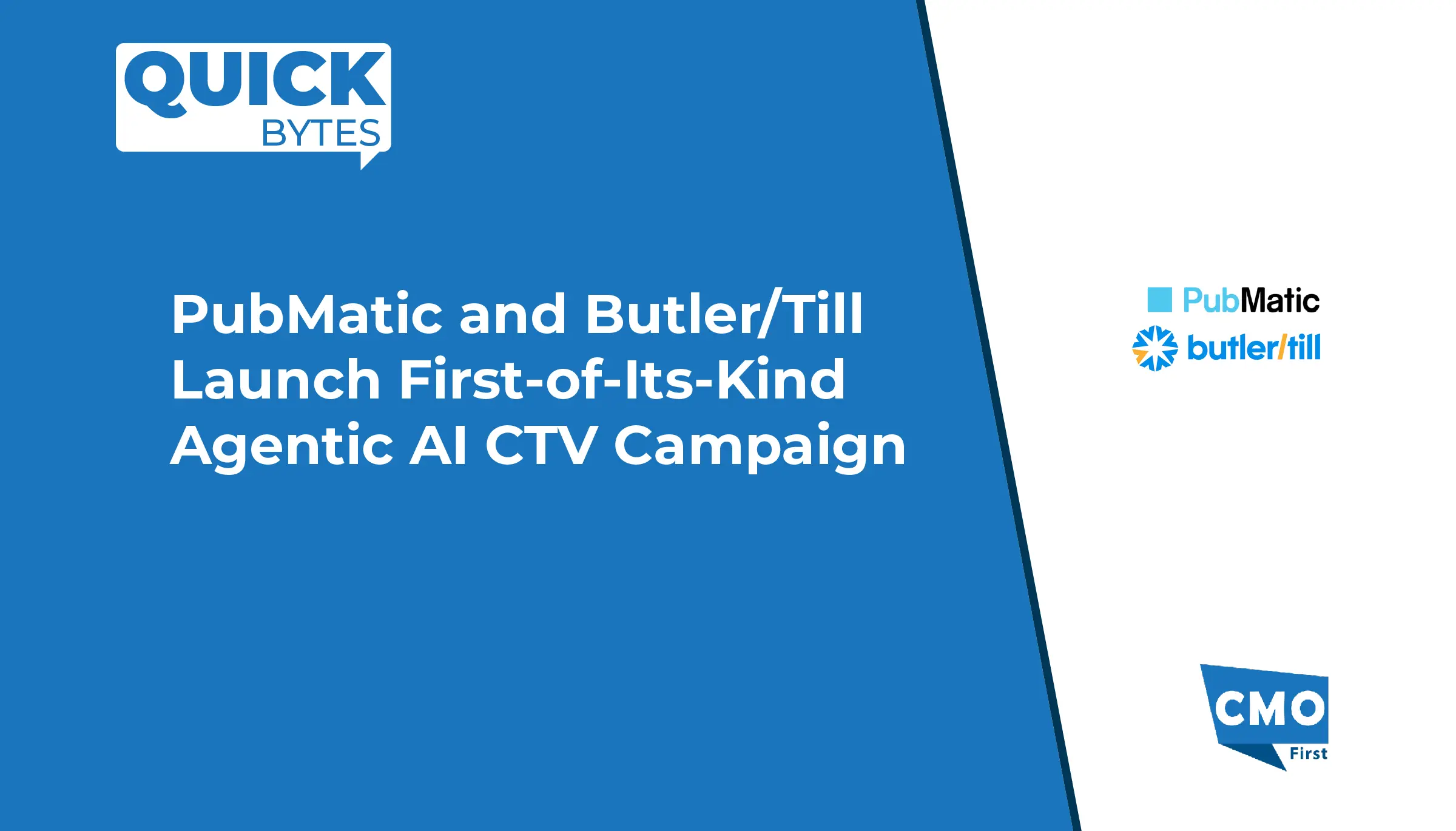With branding, perception defines reality. The impact marketers have on current and future consumers ultimately determine how strong their brand is as a whole. Because of this, even little brand consistency mistakes can cause significant issues.
Branding errors are a problem that affects more than just new business owners entering the market. Businesses of all sizes and shapes can make branding mistakes and fail to have a clear voice or direction for their products and services.
Large organizations are particularly susceptible to the effects of inconsistent branding. It may result in decreased consumer loyalty and lost income. These firms frequently fail to develop a favorable image and voice for their company, which leads to them losing ground to more intelligent competitors.
Also Read: How Marketers Can Accelerate the Idea-To-Launch Process with Composable Technology Architecture
It not only makes them more approachable and helps marketers draw in a lot more customers. Furthermore, according to a study from RenderForest, 60% of millennials anticipate brand consistency across all devices.
Here are four common mistakes that enterprises frequently make when it comes to brand consistency. The good news is that many of these errors can be corrected or prevented.
Obsolete brand assets
There are a few things more deflating than spending the effort to refresh a company’s logo, tagline, or other crucial brand assets, only to have the outdated assets appear in the messaging. That is the risk of not maintaining everyone’s agreement. It could give the impression that the brand is unsure, out of date, or irrelevant.
The brand assets and templates that are currently being used should be known to each department and employee. For all of their brand marketing initiatives, marketers should keep these items in one convenient location online. Each brand asset should be frequently examined to make sure it still adheres to the primary brand messaging.
Failing to use a marketing calendar to make advance preparations
Planning is always the key to consistency. To ensure brand consistency, the brand should create a calendar and plan events.
If marketers ignore it, they might get into trouble. They can arrange their work by utilizing planning tools. It will spare marketers time and aid in their long-term success. For instance, marketers can plan ahead and publish emails and social media updates.
Slow production of content
It’s no coincidence why it feels like new content is constantly appearing on websites and social media platforms. The digital era for marketers has transformed the ability to access information instantly.
Corporate marketing will become a bottleneck if the brand is too tightly controlled to the point that it prevents the development of new content. The brand will develop the impression that it is unimportant and out-of-date in its sector. On the other side, timely and pertinent content development will assist in positioning the business as a subject-matter authority and establish it as a voice that consumers can rely on.
Also Read: Leverage Customer Advocacy to Succeed in B2B Marketing Landscape
Failing to comprehend the audience
Only when the brand provides something novel and distinctive will it stand out. What motivation do marketers have to encourage their target audience to support their brand, products, or services if they can’t meaningfully differentiate themselves from rivals? Failure to comprehend their motivations or desires may be the death knell for the brand.
By capitalizing on their brand’s strengths. They should also refrain from becoming overly fashionable. Additionally, marketers must embrace market research and maintain constant contact with both current and future customers. They should also avoid the urge to plaster their brand all over the place and instead concentrate on being genuine about what their brand does and how it may improve the lives of their target market.
























Leave a Reply